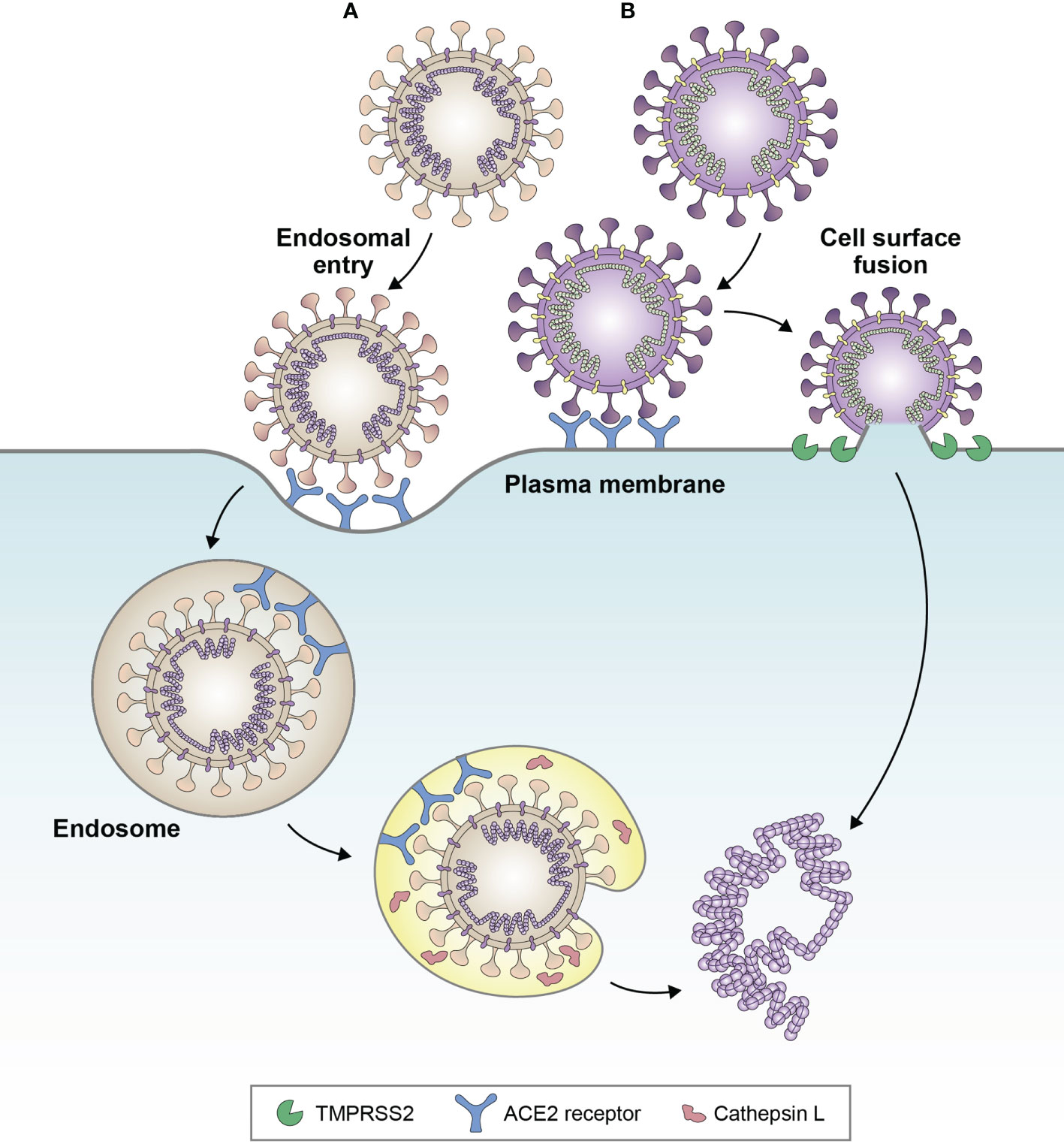
94% of researchers rate our articles as excellent or good
Learn more about the work of our research integrity team to safeguard the quality of each article we publish.
Find out more
CORRECTION article
Front. Immunol., 12 June 2023
Sec. Vaccines and Molecular Therapeutics
Volume 14 - 2023 | https://doi.org/10.3389/fimmu.2023.1232965
This article is a correction to:
SARS-CoV-2 Omicron variants: burden of disease, impact on vaccine effectiveness and need for variant-adapted vaccines
 Shanti Pather1*
Shanti Pather1* Shabir A. Madhi2
Shabir A. Madhi2 Benjamin J. Cowling3
Benjamin J. Cowling3 Paul Moss4
Paul Moss4 Jeremy P. Kamil5
Jeremy P. Kamil5 Sandra Ciesek6
Sandra Ciesek6 Alexander Muik1
Alexander Muik1 Özlem Türeci1
Özlem Türeci1A Corrigendum on
SARS-CoV-2 Omicron variants: burden of disease, impact on vaccine effectiveness and need for variant-adapted vaccines
by Pather S, Madhi SA, Cowling BJ, Moss P, Kamil JP, Ciesek S, Muik A and Türeci Ö (2023). . 14:1130539. doi: 10.3389/fimmu.2023.1130539
In the published article, there was an error in the legend for Figure 2 as published. The figure legend was displayed as “Favored cell entry pathways of (A) Delta variant and (B) BA.1. Delta favors cell surface fusion, whereas BA.1 favors endosomal entry. Evidence suggests that BA.4 and BA.5 sub-lineages may be partially reverting back towards cell surface fusion, due to increased fusogenicity compared with BA.1. Adapted from Tang et al. Antiviral Res (2020); 178:104792 (32)”. Furthermore, The figure legend included incorrect spelling of Cathepsin L as Cathespin L. The corrected legend appears below.

Figure 2 Favored cell entry pathways of (A) BA.1 and (B) Delta variant. Delta favors cell surface fusion, whereas BA.1 favors endosomal entry. Evidence suggests that BA.4 and BA.5 sub-lineages may be partially reverting back towards cell surface fusion, due to increased fusogenicity compared with BA.1. Adapted from Tang et al. Antiviral Res (2020);178:104792 (32).
“Favored cell entry pathways of (A) BA.1 and (B) Delta variant. Delta favors cell surface fusion, whereas BA.1 favors endosomal entry. Evidence suggests that BA.4 and BA.5 sublineages may be partially reverting back towards cell surface fusion, due to increased fusogenicity compared with BA.1. Adapted from Tang et al. Antiviral Res (2020); 178:104792 (32).”
The authors apologize for this error and state that this does not change the scientific conclusions of the article in any way. The original article has been updated.
All claims expressed in this article are solely those of the authors and do not necessarily represent those of their affiliated organizations, or those of the publisher, the editors and the reviewers. Any product that may be evaluated in this article, or claim that may be made by its manufacturer, is not guaranteed or endorsed by the publisher.
Keywords: sub-lineage, BA.1, vaccine, disease burden, Omicron
Citation: Pather S, Madhi SA, Cowling BJ, Moss P, Kamil JP, Ciesek S, Muik A and Türeci Ö (2023) Corrigendum: SARS-CoV-2 Omicron variants: burden of disease, impact on vaccine effectiveness and need for variant-adapted vaccines. Front. Immunol. 14:1232965. doi: 10.3389/fimmu.2023.1232965
Received: 01 June 2023; Accepted: 02 June 2023;
Published: 12 June 2023.
Approved by:
Frontiers Editorial Office, Frontiers Media SA, SwitzerlandCopyright © 2023 Pather, Madhi, Cowling, Moss, Kamil, Ciesek, Muik and Türeci. This is an open-access article distributed under the terms of the Creative Commons Attribution License (CC BY). The use, distribution or reproduction in other forums is permitted, provided the original author(s) and the copyright owner(s) are credited and that the original publication in this journal is cited, in accordance with accepted academic practice. No use, distribution or reproduction is permitted which does not comply with these terms.
*Correspondence: Shanti Pather, U2hhbnRpLlBhdGhlckBiaW9udGVjaC5kZQ==
Disclaimer: All claims expressed in this article are solely those of the authors and do not necessarily represent those of their affiliated organizations, or those of the publisher, the editors and the reviewers. Any product that may be evaluated in this article or claim that may be made by its manufacturer is not guaranteed or endorsed by the publisher.
Research integrity at Frontiers

Learn more about the work of our research integrity team to safeguard the quality of each article we publish.